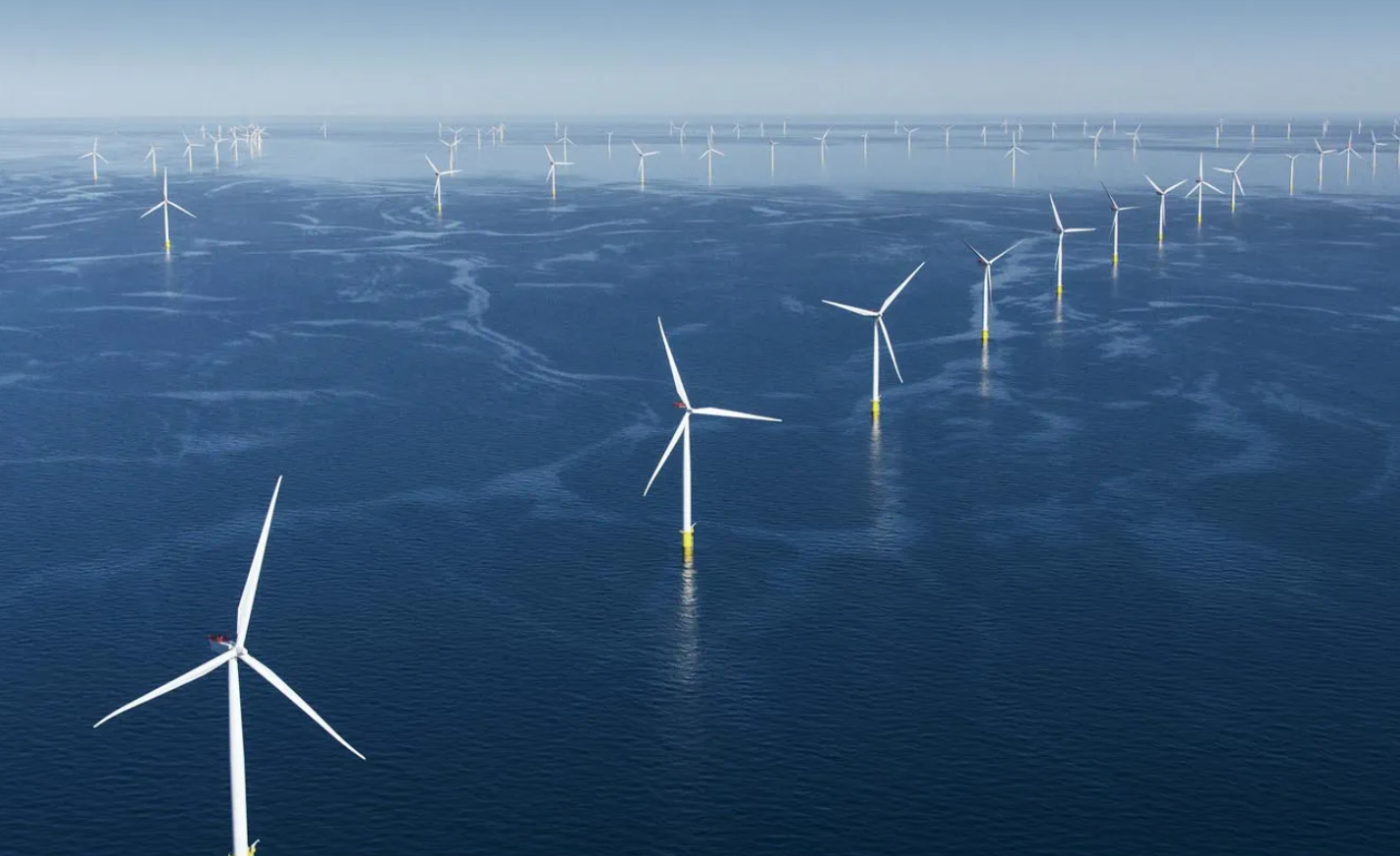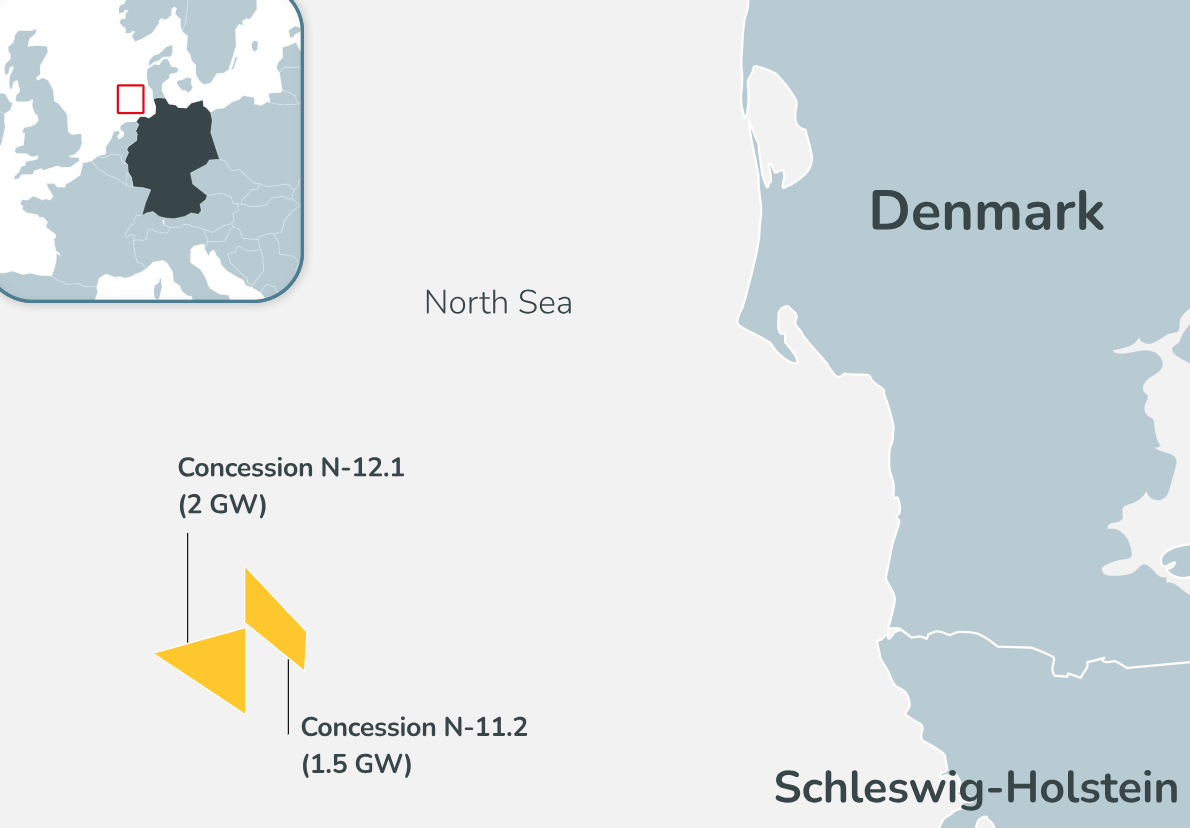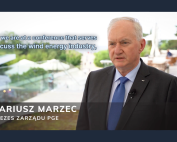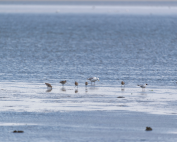The Swedish Agency for Marine and Water Management is currently seeking comments on the marine spatial plans before they are sent to the government for a decision. Proposed changes to offshore spatial plans that create conditions for offshore wind energy could be an important part of the climate transition. At the same time, great demands are being made to accommodate interests that already exist offshore.
To cope with the climate transition, the industrial and transportation sectors must switch from fossil fuels to electricity. This means that Sweden is facing a surge in electricity demand. As a result, the Swedish Agency for Marine and Water Management is working on behalf of the government to amend marine spatial plans to create conditions for offshore wind energy.
National consultations on proposals for revised marine spatial plans were held in the fall of 2023. The updated proposals are now being made available for review between May 16 and August 30. Anyone who wishes to do so can send comments on the marine spatial plans before they are sent to the government for a decision.
– There are many people sharing the sea. Therefore, the review phase is also an important opportunity to influence and contribute to the development of better maritime spatial plans, says Joacim Johannesson, a researcher at HaV.
Provision of opportunity to significantly increase electricity production
The goal is for the updated marine development plans to create conditions for the production of a total of 120 terawatt-hours (TWh). This is annual electricity production, which would represent an increase of almost 75% compared to the 163 TWh that Sweden produced in 2023. At the same time, there remain some unknowns regarding, for example, natural values and total defense. Proposals for revised marine spatial plans therefore cover more areas than will ultimately need to be implemented.
– Offshore wind development must take into account the interests that already exist offshore. Based on the comments we received during the consultation, we have made adjustments, for example with regard to commercial fishing and natural values, says Joacim Johannesson.
In order for everyone involved in the review phase to better understand what the energy area proposals entail, the Swedish Agency for Marine and Water Management is also developing an impact assessment. It will point out maps and justifications of which areas are better and which are worse for energy extraction based on various aspects.
– The impact assessment shows how energy area proposals affect other interests, such as the natural and cultural environment, shipping and commercial fishing. In this way, it can contribute to a well-balanced plan, says researcher Jan Schmidtbauer Crona.
The finalized proposals must be submitted to the government no later than December 31, 2024. Draft plans and information on how to comment on them are available on the Swedish Agency for Marine and Water Management’s website: www.havochvatten.se/havsplanering.
Information about marine spatial planning in Sweden:
On February 10, 2022, the government has decided on Sweden’s first spatial plans for the Gulf of Bothnia, the Baltic Sea and the Skagerrak and Kattegat straits. At the same time, the Agency has been tasked with amending land use plans to create conditions for increased offshore electricity production. The plans provide guidelines on how to use Sweden’s marine areas.
The fact that the MSP covers offshore wind areas does not mean that they will all be used in the foreseeable future. An environmental permit or license under the Swedish Economic Zone Act is also required before building an offshore wind farm.
Source: Swedish Agency for Marine and Water Management















